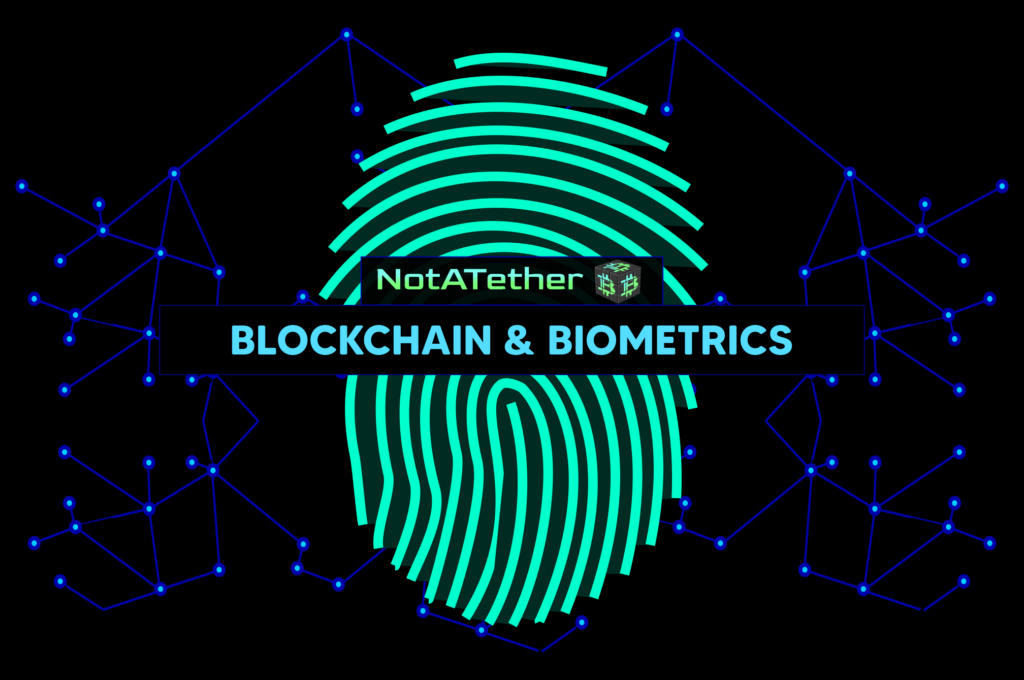Blockchain introduces itself today as technological advancement. A system whose design has increased the security of individuals or organizations. This decentralized database has been able to increase its security by using cryptography. This technology is a core mechanism for the distributed public ledger system. By removing the decentralization in it, every node can verify and track the records. In other words, this feature means that sensitive information does not require centralized data. This technology has far more security than other technologies. One of these technologies that integrate with Blockchain and can increase security is biometrics.
biometrics authentication
Biometrics authentication has two steps.
Step One (Capture). In the first step, the user must record his biometric information through the sensor. The biometrics data extraction machine extracts this information and processes its biometrics pattern.
Step 2 (Authentication). In this step, the user tries to present his biometrics information to the sensors. Therefore after receiving this information and processing it, the input information is compared with the recorded patterns.
What is BDAS?
BDAS or (Blockchain-based Distributed biometrics Authentication System) is a new Blockchain-based biometrics authentication system.
This system is a decentralized and distributed mechanism for biometrics authentication without relying on a central authentication module. Therefore in this method, each person processes the template fragments independently and the authentication operation without a specific central point is processed and, each template is divided into several pieces and these templates are managed by different customers. All this data and patterns are running on a smart contract on Blockchain. Also, to run it, at least three clients must configure BDAS. Each client in BDAS then runs one blockchain node. In the end, BDAS is approved only by having nodes and is approved as a Blockchain.
BDAS and its two layers:
- the storage layer
- the management layer
in the first layer, clients receive requests and user information. In the second layer, blockchain nodes form a blockchain network together. Therefore each time the authentication is, it will be stored as a transaction in the Blockchain network.

Benefits of combining biometrics with Blockchain
At present, wallets and banking applications and Google Play, and service offices use biometrics to receive useful information. However, combining this technology with decentralized Blockchain technology can be a robust security barrier to information and faster processing. Using decentralized Blockchain databases can be much cheaper than centralized databases.
As you know, security has become one of the most important concerns in today’s world. With the advancement of science and technology and the placement of our information in this space, one of the best ways to increase security is to combine biometrics with Blockchain. So this impenetrable network can block external factors to our biometrics information. As a result, Our Sensitive biometrics information can be deposit by Blockchain.


